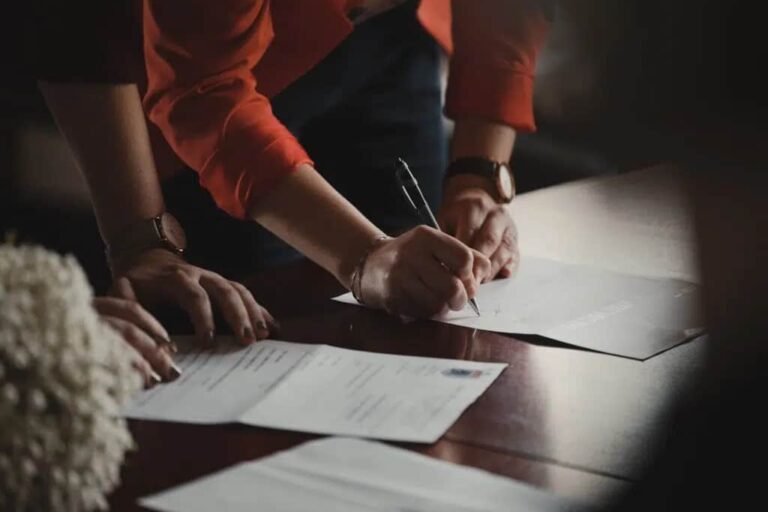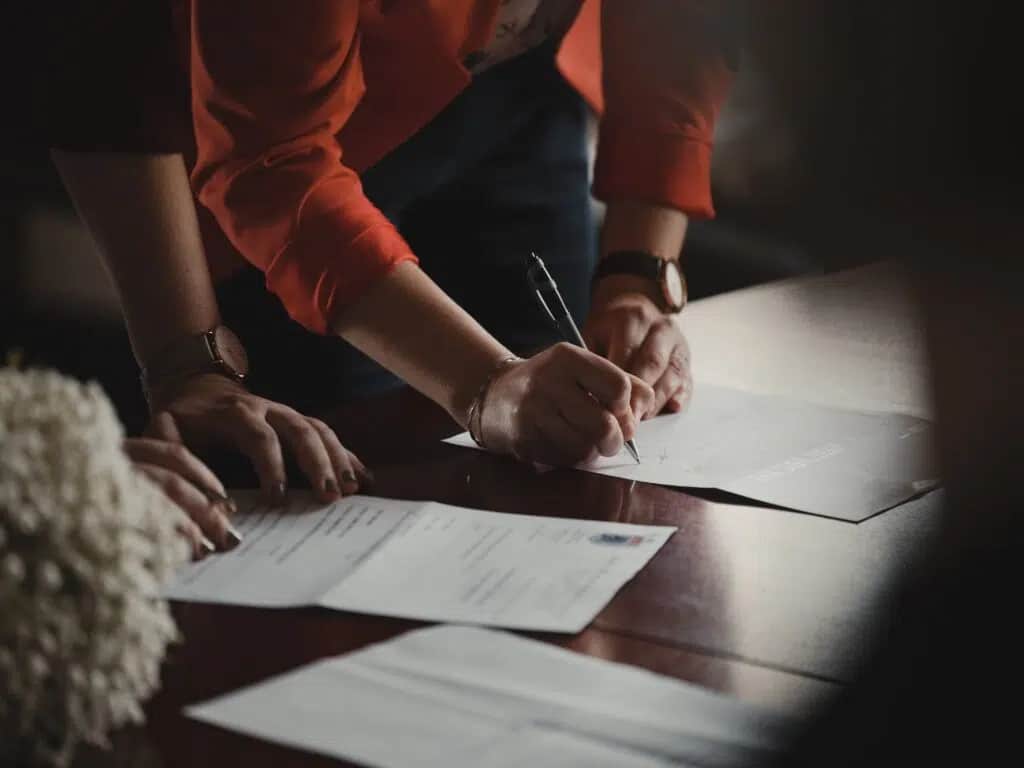
Moving is often stressful, and even more so if you’re relocating to another country. From getting a place to live, to applying for a driver’s license or state photo ID, to opening a bank account, there’s a lot to do in a short amount of time.
To do any of this, you often need proof of address documents. So, what counts as proof of address for these purposes? What’s the difference between a proof of address and another form of identification?
In the U.S., Canada, and the U.K., one or more of the following documents usually works:
- Driver’s license ;
- Proof of employment (if includes current home address);
- Academic records (again, with current address);
- Bank statements;
- Utility bills (water, electricity, internet, or phone service) or;
- Rental agreements for your current home.
In this guide, we’ll cover what counts as proof of address in three countries (the U.S., Canada, and the U.K.) and how to get the documents you need in each place.
Why do you need to show proof of address?
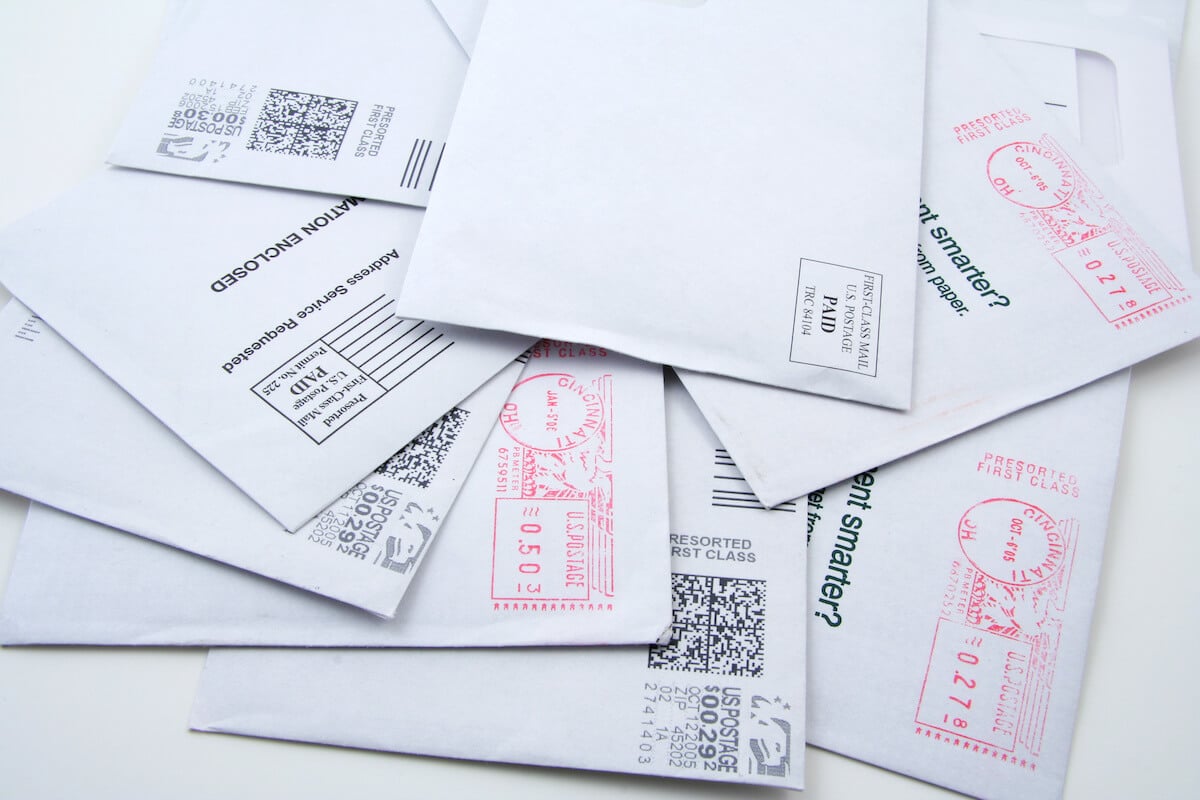
The terms “proof of address” or “proof of residency” mean the same thing: documents that show where you live. Proof of address documents differ from other forms of ID because not all ID documents will have a current residential address.
Your address proof should show where you physically live. In the U.S. and elsewhere, you can purchase a post office box (or P.O. Box) for receiving your mail, but this counts only as a mailing address and not a residential address.
Your proof of address allows you to access different services and leaves a paper trail. If you’re planning to migrate permanently to the U.S., U.K., or Canada, proving your residency will be important.
And if you plan to send money back home, having a local bank account is helpful. When opening a bank account, you typically need to show proof of address.
Regardless of what proof of address you use, it must be recent. Your document should provide your current address and show your full legal name, which should match your other required documents (e.g., a birth certificate or passport).
If you’re using a proof of address document that doesn’t have a specific validity date, add your last three months of utility bills to show that it’s your current residence.
Proof of address documents in the U.S.
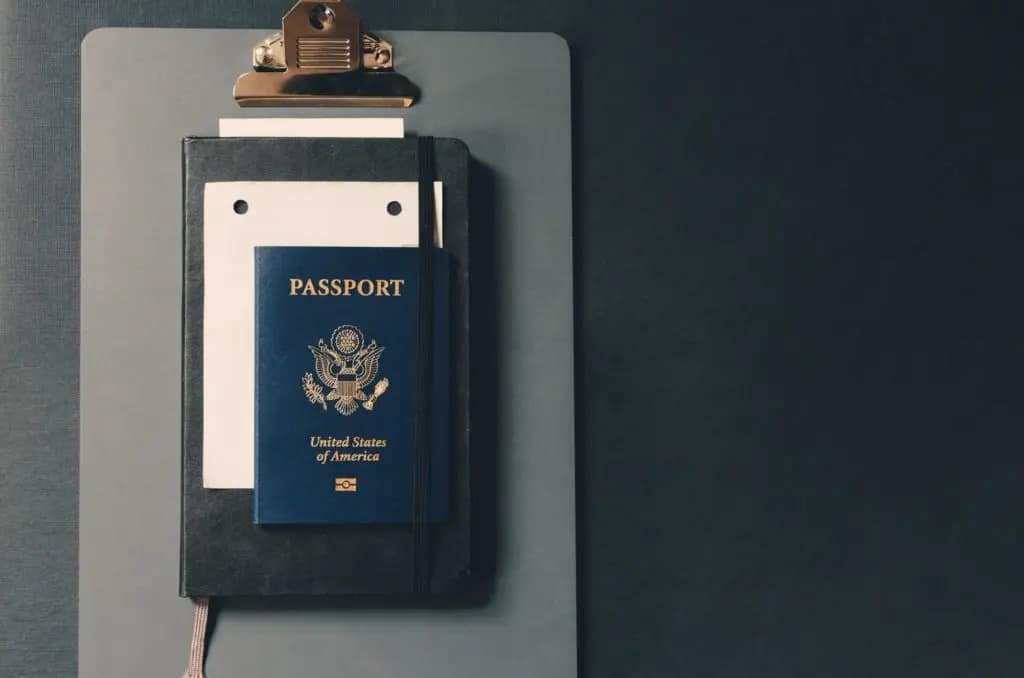
Gather proof of address documents as soon as possible after moving to the United States. Let’s take a look at the different kinds you can obtain and how to get them.
Driver’s license
The most common proof of address in the United States is a driver’s license. Americans use it for nearly everything: driving, proof of age to buy liquor or cigarettes, and as a primary identification card at government offices and airports.
Here’s what you need to get a driver’s license in the U.S.:
- Documents proving your identity and full name (e.g., a birth certificate)
- A Social Security number from the U.S. Social Security Administration (SSA) or a taxpayer ID number
- Proof of address documents
For the first requirement, you can offer a passport card or book, permanent resident card, or birth certificate. Social Security numbers or tax ID numbers can be a bit trickier, but make sure you contact the SSA for information on exactly what kind of number you can get, and how.
Though rules will vary from state to state, most Departments of Motor Vehicles (DMVs) and government offices will accept the following proof of address documents:
- Utility bills
- Rental contract or lease agreement
- Mortgage statement (for homeowners)
- Documents from your school, such as enrollment papers or a transcript
- Insurance policies or premium bills
- Bank or credit card statements
- A pre-printed tax form
- Posted mail with your name and address
If you are in the U.S. for higher education or for work, your school documentation or paycheck stubs will be the easiest papers to obtain.
A photo ID card if you don’t drive
Though it’s not as common as a driver’s license, you can also apply for a photo ID from the U.S. state in which you live. This identification can become proof of address as well. Just as with a driver’s license, you can get this from the DMV.
To apply for a state photo ID, you typically need:
- Your green card, unexpired Employment Authorization Card with Form I-766, or another U.S. visa with an I-94 form
- Your Social Security card or taxpayer ID number card (if you have one)
- Proof of address
Each state has its own rules. Be sure to read the requirements for your state DMV or speak with the office.
Note that non-residents and those moving to the country for the first time are unlikely to have a Social Security number, or SSN. It is still possible to get a photo ID from the DMV without one.
An Affidavit of Residence in the U.S.
An affidavit of residence is another kind of proof of address document, but it will take more time to complete. Your landlord or employer will need to write a letter verifying your current residential address and have it notarized.
In addition, you’ll likely need to attach other proof of address documents, like your rental agreement or IRS Form W-4 from your employer, as further evidence. You can use additional papers to supplement the letter as well, including utility bills and pay stubs.
Proof of address documents in Canada
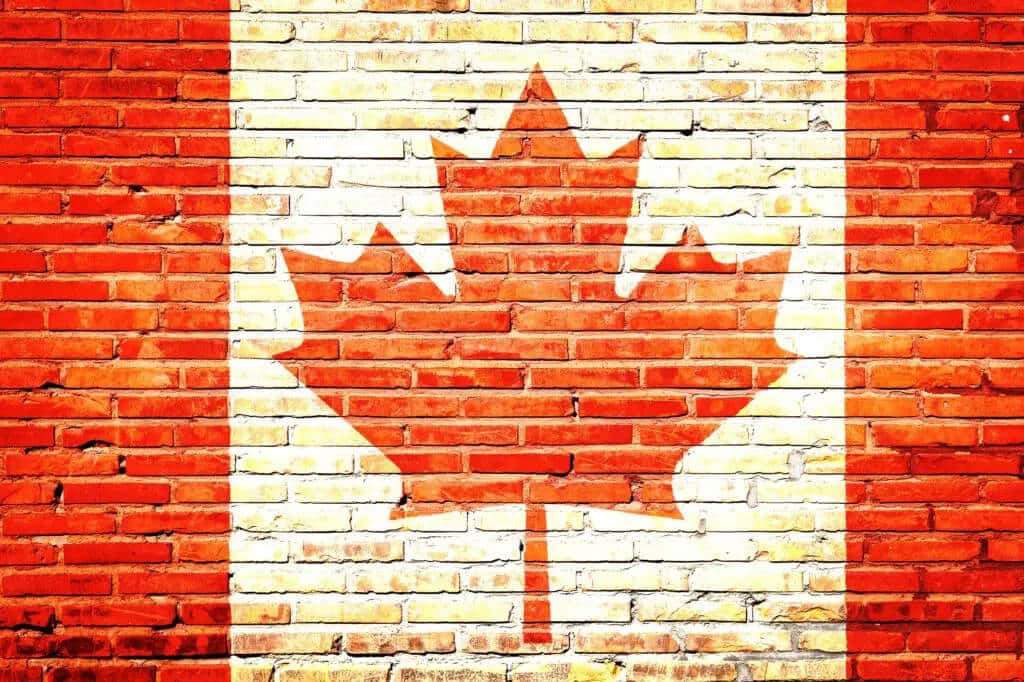
As in the U.S., a driver’s license is a common proof of address in Canada. But there are many others you can use as well:
- T4 slips from your employer
- Your tax returns
- Rental agreements or receipts from landlords
- A government-issued photo ID
- Utility bills
- Car registration
- Academic records and transcripts
- Insurance policies
- Bank or credit card statements
- Notice of Assessment
Again, items like your T4 slips (for workers) or academic records (for students) will be the most readily available documents. Phone, water, or light bills usually work as well, as do lease agreements.
Proof of address documents in the U.K.

In the U.K., you will need proof of address to get a bank account, which can be tricky if you need to find an apartment or buy a car. Some British banks will allow the following to be used as proof of address documents:
- If you are a student, a letter from your university, college, or language school
- If you are a worker, a letter from your employer confirming your address
- A letter from someone you know who is a customer of the bank and can verify your address
Like in the United States and Canada, you can also use a rental agreement, insurance policies, credit card statements, and utility bills to prove your address.
If you are married, you may also be able to use a joint bank account statement or insurance policy as proof of your address. When providing a joint bank or insurance statement, be sure to include your marriage certificate.
Outside help for proving your address in the U.K.
If you need help with your documents in the U.K., several companies can help you. These companies have become well-known and popular in recent years. For a fee, they guide you in setting up a local address in the U.K. and then use that address to assist you in getting a bank account.
A few companies, like 1st Contact and BritBound, can even help you set up a bank account prior to arrival.
You probably already have the proof of address documents you need
The good news? Even if you have just moved to a new country, you likely have at least one document that works as proof of address.
Whether it’s an employment letter, university transcript, cell phone bill, or rental agreement, you’ll find that you quickly accumulate evidence of your residence in a new country.
Once you have proof of address and a bank account, you can easily start saving for the future and sending money home.

